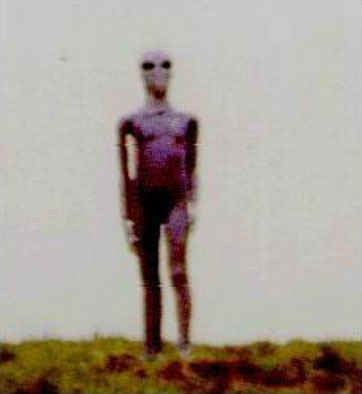In the last two weeks, I've been sent the following two mathematics videos - one serious, one not so much.
Can you conceptualise 10 dimensions? This could help.
Ever wondered what maths is really about? This is hilarious (well I think so...)
Monday, 30 November 2009
Friday, 20 November 2009
Ep 118: Astrobiology and the search for extraterrestrial life
 Astrobiology is a fascinating and complex field of science. It is the study of the origin, evolution, distribution, and future of life in the universe, and is a relatively new field of science incorporating astronomy, biology, geology, palaeontology, physics, mathematics and other disciplines. It is even more fascinating given that we have never actually discovered life anywhere else in the universe!
Astrobiology is a fascinating and complex field of science. It is the study of the origin, evolution, distribution, and future of life in the universe, and is a relatively new field of science incorporating astronomy, biology, geology, palaeontology, physics, mathematics and other disciplines. It is even more fascinating given that we have never actually discovered life anywhere else in the universe!Dr Carol Oliver is a science communication researcher working for the Australian Centre for Astrobioligy, whose key goals include contributing to the understanding of the orgin of life on Earth and to set an Australian life-seeking instrument on the surface of Mars.
I spoke to Carol about astrobiology and the SETI Project - the search for extraterrestrial life. Tune in to the podcast here (or press play below):
We covered a number of topics in our chat including:
- How does SETI actually look for extraterrestrial life?
- SETI searches for electromagnetic signals from civilizations elsewhere in the universe - but where should they look? It turns out there is a handy hole in the electromagnetic spectrum coined The Water Hole - a band of radio frequencies between 1420 MHz and 1640 MHz. This is the band between the hydrogen line and the strongest hydroxyl spectral line, and is a very quiet region - there is little radio noise from space between these frequencies. It is theorised that alien communications could be found in this range because of its quietness and also because the combination of hydrogen and hydroxyl yields water, something considered vital for life. It is therefore a likely place for other life, which needs water to survive, to try and communicate.
- The Fermi Paradox - The Fermi paradox asks the question, if there are other civilisations in the universe, why haven't we seen any evidence of their presence?
- Where is the best candidate for life in our Solar System? Is it Mars (more likely for microbial life) or perhaps a moon of Jupiter, like Europa? Was there life on Mars at any stage of its history?
- The concept of panspermia - that life on Earth may have originated elsewhere in the universe before coming to Earth, perhaps on an asteroid;
- The Kepler mission - this mission uses a space telescope to look for Earth-like planets and was launched in March 2009;
- The Drake equation - can we predict whether there are other civilisations out there using maths?
Tune in to the podcast here (or press play below):
Labels:
Astronomy and Space,
Biology,
Paranormal,
Physics,
Podcast,
Science Communication
Thursday, 19 November 2009
Swimming with Whales - video from Tonga
A few months back, I spoke to Scott Portelli about his experiences diving with whales in Tonga - see Ep 109: Tongan blowholes and whales. Scott has recently returned from Tonga, and took from breathtaking footage of the whales. Enjoy the video below.
Subscribe to:
Posts (Atom)











